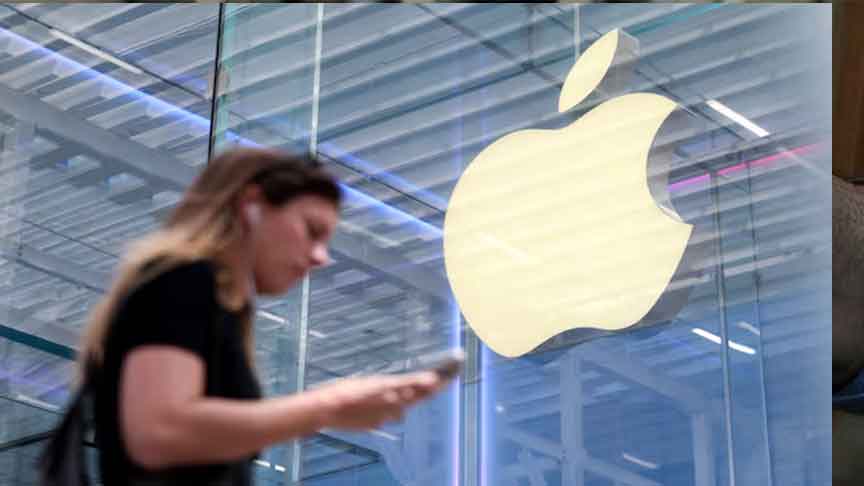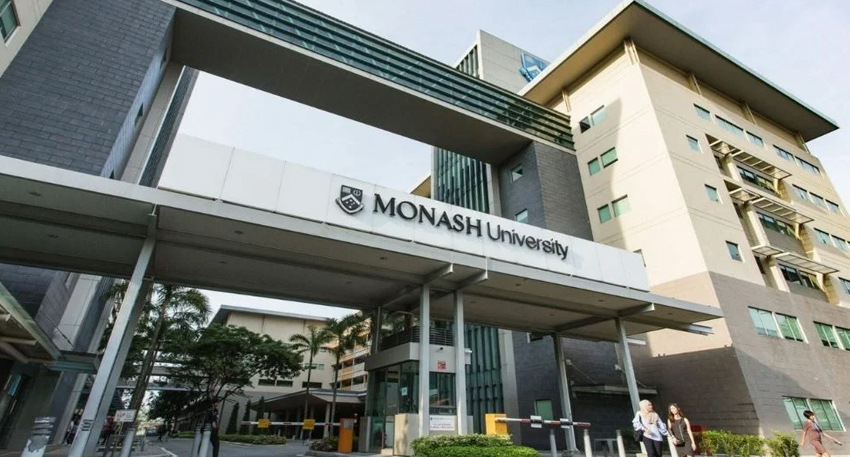
Trump threatened to impose a 25% tariff on Apple for any iPhones sold, but not manufactured, in the United States. More than 60 million phones are sold in the United States annually, but the country has no smartphone manufacturing. He also said he would recommend a 50% tariff on the European Union to begin on June 1, which would result in stiff levies on luxury items, pharmaceuticals and other goods produced by European manufacturers.
Markets dropped on the news. S&P 500 futures lost 1.5% in premarket activity and the Eurostoxx 600 fell 2%.
Shares of Apple fell 3.5% in premarket trading, along with shares of other technology bellwethers. Trump did not give a timeframe for his warning to Apple.
"All the optimism over trade deals wiped out in minutes – seconds, even," wrote Fawad Razaqzada, market analyst at City Index and FOREX.com, in a note.
Also read: Judge blocks Trump admin from revoking Harvard enrollment of foreign students
Trump roiled markets in early April after imposing tariffs on almost every inhabited locale around the world. That included a tax of about 145% on imported goods from China. Investors responded by furiously selling U.S. assets, as the levies caused them to question the safe-haven status that America has long enjoyed, and while markets have recovered, business and consumer confidence has plunged in the United States.
The shock response forced the White House to pause most tariffs through early July, leaving only in place a 10% tax on imports from other nations, but Trump held out the possibility of reviving certain levies. Friday s statements end that calm.
"I have long ago informed Tim Cook of Apple that I expect their iPhones that will be sold in the United States of America will be manufactured and built in the United States, not India, or anyplace else," Trump said in a post on Truth Social.
"If that is not the case, a Tariff of at least 25% must be paid by Apple to the U.S."
The White House has been in negotiations with numerous countries over trade issues, but progress has been unsteady. Finance leaders from the Group of Seven industrialized democracies tried to downplay disputes over the tariffs earlier in the week at a forum in the Canadian Rocky Mountains.
The EU Commission on Friday declined to comment on U.S. President Donald Trump s recommendation to put a 50% tariff on goods from the European Union from June 1, saying it would wait for a phone call between EU trade chief Maros Sefcovic and his U.S. counterpart Jamieson Greer to take place at 1500 GMT.
Shares in Germany s carmakers and luxury companies, some of the most exposed to tariffs, fell on the news. Porsche, Mercedes (MBGn.DE), opens new tab and BMW (BMWG.DE), opens new tab were down more than 4% at 1220 GMT. Sunglasses company EssilorLuxottica (ESLX.PA), opens new tab was 5.5% lower.
TARGETING APPLE
It is not clear if Trump can levy a tariff on an individual company. Apple did not immediately respond to a Reuters request for comment.
After Trump s levies on China rose to more than 100% in early April, the White House backed off due to market turmoil, granting exclusions from steep tariffs on smartphones and some other electronics imported largely from China, in a break for Apple and other tech firms that rely on imported products.
Apple aims to make most of its iPhones sold in the United States at factories in India by the end of 2026, and is speeding up those plans to navigate potentially higher tariffs in China, its main manufacturing base, a source told Reuters. Apple is positioning India as an alternative manufacturing base amid Trump s tariffs on China that have raised supply-chain concerns and fears of higher iPhone prices, Reuters reported last month.
But Trump and others, including Commerce Secretary Howard Lutnick, have suggested Apple could make iPhones in the United States. In February, Apple said it will spend $500 billion over four years to expand hiring and facilities in nine American states, but it did not say the investment would go towards bringing iPhone manufacturing to the U.S.
The iPhone maker said most of its smartphones sold in the United States would originate from India in the June quarter.




